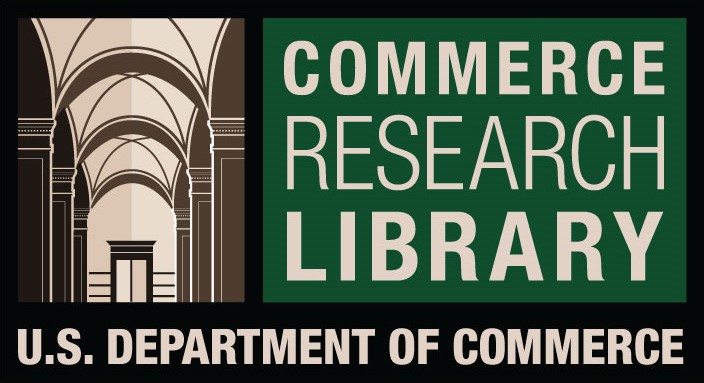PATIENT’S PERCEPTION TOWARDS ALLOPATHIC AND AYURVEDIC MEDICINES IN INDIA: AN EMPIRICAL STUDY
DOI:
https://doi.org/10.61841/p4qp1c32Keywords:
Allopathic Medicines, Ayurvedic Medicines, advanced technology, Patient’s Perception Changing lifestylesAbstract
The main objective of this article is to understand the prevalence and perception among Indian patients towards traditional Indian medicines as well as their notions regarding allopathic medicines on its feasible integration. Changing lifestyles and reduction in the affordability regarding sick care, in terms of money and time are some of the factors that are leading patients towards helping them to think about their wellbeing. Many patients also suggested that due to lack of curative treatment for several chronic illnesses excessive cost of allopathic medicines, microbial resistance, and its emerging diseases amongst them are some of the reasons for them to shift towards traditional or alternative medications in India. A cross-sectional study was undertaken during this research to analyse different perspectives related to ayurvedic and allopathic but will also discuss why all around the globe are still very much aware about Ayurveda. This study showed considerable support on behalf of both traditional and allopathic but also significant variation among its users. Still, Ayurvedic medicines is increasing its popularity all around the world, but patients are more concerned about their quality through inclusion of advanced technology to gain global acceptance over allopathic medicines.
Downloads
References
• Chaudhary, A., & Singh, N. (2011). Contribution of world health organization in the
global acceptance of Ayurveda. Journal of Ayurveda and integrative medicine, 2(4),
179-186.
• Chopra, A., Saluja, M., & Tillu, G. (2010). Ayurveda-modern medicine interface: A
critical appraisal of studies of Ayurvedic medicines to treat osteoarthritis and
rheumatoid arthritis. J Ayurveda Integr Med, 1(3), 190-198.
• Crumley, E. T. (2006). Exploring the roles of librarians and health care professionals
involved with complementary and alternative medicine. Journal of the Medical Library
Association, 94(1), 81.
• Faust, O., Shetty, R., Sree, S. V., Acharya, S., Acharya U, R., Ng, E. Y. K., ... & Suri,
J. (2011). Towards the systematic development of medical networking
technology. Journal of medical systems, 35, 1431-1445.
• Huie, C. W. (2002). A review of modern sample-preparation techniques for the
extraction and analysis of medicinal plants. Analytical and bioanalytical
chemistry, 373, 23-30.
• Karunamoorthi, K., Jegajeevanram, K., Xavier, J., Vijayalakshmi, J., & Melita, L.
(2012). Tamil traditional medicinal system-siddha: an indigenous health practice in the
international perspectives. CELLMED, 2(2), 12-1.
• Kumari, R., & Kotecha, M. (2016). A review on the Standardization of herbal
medicines. International Journal of Pharma Sciences and Research, 7(2), 97-106.
• Maizes, V., Rakel, D., & Niemiec, C. (2009). Integrative medicine and patient-centered
care. Explore, 5(5), 277-289.
• Mukherjee, P. K., Harwansh, R. K., Bahadur, S., Banerjee, S., Kar, A., Chanda, J., ...
& Katiyar, C. K. (2017). Development of Ayurveda–tradition to trend. Journal of
ethnopharmacology, 197, 10-24.
• Nahar, P., Kannuri, N. K., Mikkilineni, S., Murthy, G. V. S., & Phillimore, P. (2017).
mHealth and the management of chronic conditions in rural areas: a note of caution
from southern India. Anthropology & medicine, 24(1), 1-16.
• Niggemann, B., & Grüber, C. (2003). Side‐effects of complementary and alternative
medicine. Allergy, 58(8), 707-716.
• Sen, S., & Chakraborty, R. (2017). Revival, modernization, and integration of Indian
traditional herbal medicine in clinical practice: Importance, challenges and
future. Journal of traditional and complementary medicine, 7(2), 234-244.
• Swan, M. (2012). Health 2050: The realization of personalized medicine through
crowdsourcing, the quantified self, and the participatory biocitizen. Journal of
personalized medicine, 2(3), 93-118.
• Torri, M. C. (2012). Innovative farmer institutions and market imperfections: New
opportunities and challenges for the ayurvedic sector and small-scale enterprises in
India. The Journal of Entrepreneurship, 21(1), 59-90.
• Vaibhav, A., Kumar, M. R., Maroof, K. A., & Rahul, B. (2009). Hospital based study
to assess knowledge, awareness and perception regarding physiotherapy among the
patients in the physiotherapy OPD. Physiotherapy and Occupational Therapy, 3(1), 62.
Downloads
Published
Issue
Section
License
You are free to:
- Share — copy and redistribute the material in any medium or format for any purpose, even commercially.
- Adapt — remix, transform, and build upon the material for any purpose, even commercially.
- The licensor cannot revoke these freedoms as long as you follow the license terms.
Under the following terms:
- Attribution — You must give appropriate credit , provide a link to the license, and indicate if changes were made . You may do so in any reasonable manner, but not in any way that suggests the licensor endorses you or your use.
- No additional restrictions — You may not apply legal terms or technological measures that legally restrict others from doing anything the license permits.
Notices:
You do not have to comply with the license for elements of the material in the public domain or where your use is permitted by an applicable exception or limitation .
No warranties are given. The license may not give you all of the permissions necessary for your intended use. For example, other rights such as publicity, privacy, or moral rights may limit how you use the material.












